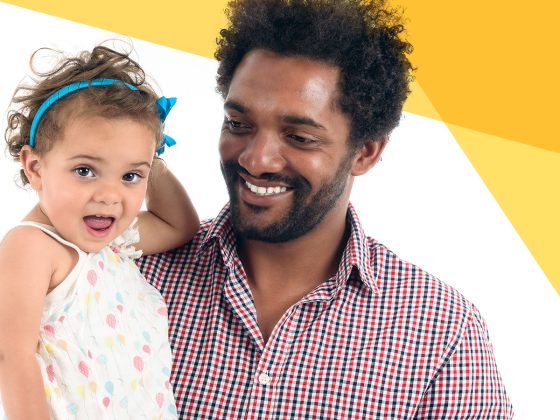
Seeing, Showing, and Sharing
Help your children express themselves with a strong feelings vocabulary.
Building a strong feelings vocabulary is like building a muscle—it takes exercise, practice, and hard work! Try these exercises to help children practice expressing themselves:
See it. When children can “picture” words, they’ll learn them more easily. Take out a family photo album, child-friendly magazine, or picture book. Point to a person or character and say, “How do you think he/she is feeling?” If children say, “happy,” build on that. You might say, “She looks really, really, happy. A word for really, really, happy is ‘ecstatic.’”
Show it. Children will be more likely to remember a new word if they experience its meaning. Come up with a movement or face for each word that you learn together. If the word is “exhausted,” for example, kids might flop over and give a really big yawn.
Share it. Use words for feelings and emotions every day. Encourage kids to describe feelings as they tell you about things they did that day. Ask questions like, “How did you feel when you _______?” Remind them of the ways to describe happy, scared, mad, and tired feelings.

Mindful Caregivers
Practicing mindfulness is a great way to slow down and reset.
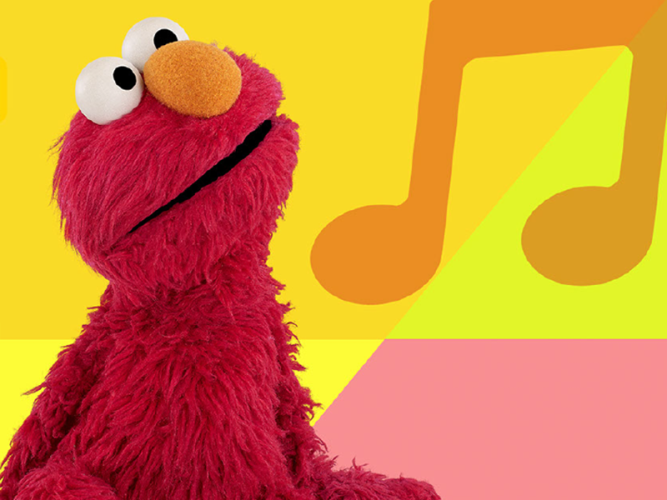
Mindful Monsters: Whole-Body Listening with Elmo
In this podcast, Elmo practices whole-body listening.
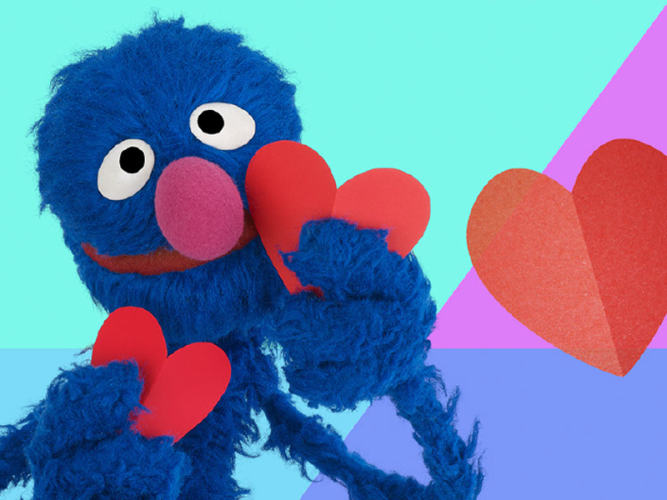
Mindful Monsters: Self-Love Mantras with Grover
In this podcast, Grover shares some mindful mantras.
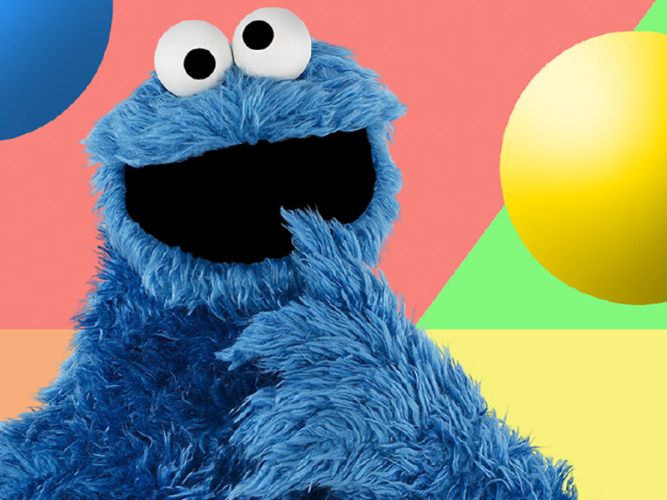
Mindful Monsters: Look and Notice with Cookie Monster
Cookie Monster helps children practice mindfulness by looking and listening carefully to their surroundings.
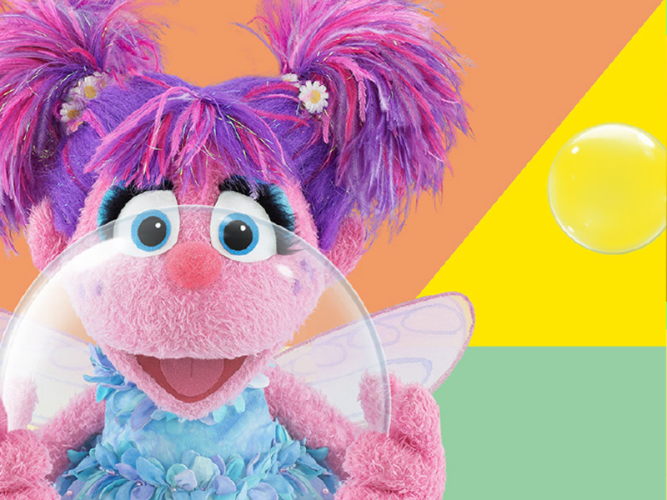
Mindful Monsters: Bubble Breathing with Abby Cadabby
In this podcast, Abby Cadabby guides children through a bubble breathing exercise.
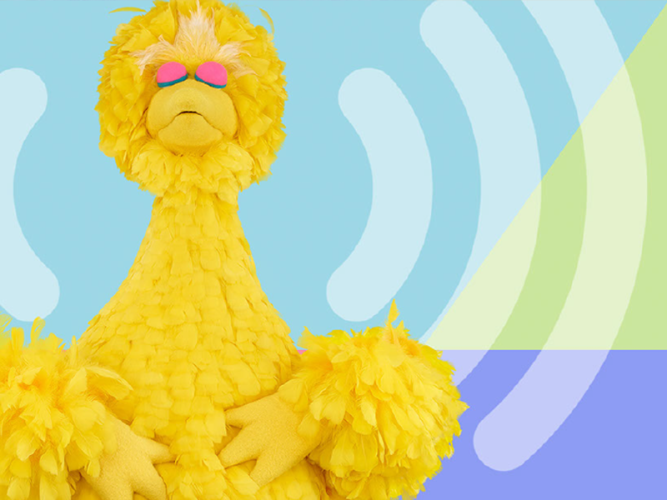
Mindful Monsters: Body Scan with Big Bird
In this podcast, Big Bird guides children through a mindful body scan.
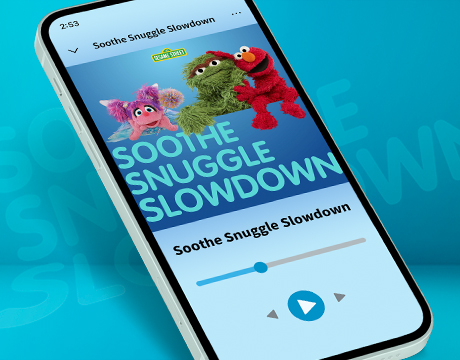
Soothe Snuggle Slowdown: Songs and Strategies for Restful Sleep
This curated playlist helps little ones (and their tired grown-ups) relax and unwind! A mix of mellow tunes sets the mood for naps, bedtime… or just some much needed down time.
